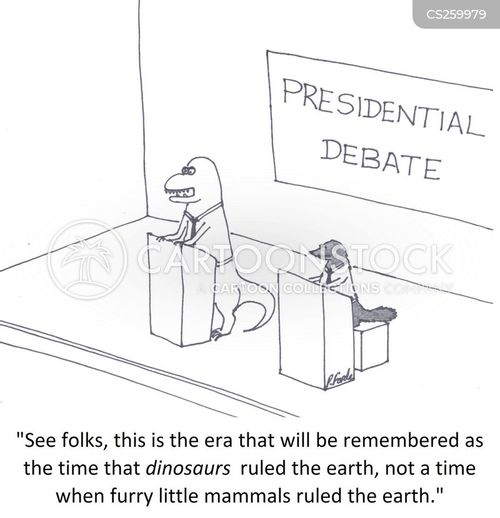

Allosaurus: Facts About the 'Different Lizard'.

(Image credit: Ross Toro, Livescience contributor) Related pages rex's massive teeth, bones, habitat and other dinosaur secrets. It was updated again on Apby Live Science Reference Editor Vicky Stein. Kim Ann Zimmermann and Live Science senior writer Laura Geggel contributed to this article. rex footprint ever discovered, the first being a footprint discovered in New Mexico in 1993. rex, it would be only the second confirmed T. rex footprint in Hell Creek, and described their discovery in the journal Palaios. In 2007, scientists unearthed what may be a T. rex fossil discovery of his, also from Hell Creek, is on display in the American Museum of Natural History in New York. He later sold this specimen to the Carnegie Museum of Natural History in Pittsburgh. rex in the Montana portion of the Hell Creek Formation in 1902. įossil hunter Barnum Brown discovered the first partial skeleton of a T. Some of these remains are nearly complete skeletons, and at least one skeleton included soft tissue and proteins. rex have been unearthed, according to National Geographic. rex roamed throughout what is now western North America, at the time an island continent identified as Laramidia. More mobile than many other land-based dinosaurs, T. It was among the last of the non-avian dinosaurs to exist prior to the Cretaceous-Paleogene extinction event, which wiped out the dinosaurs. rex fossils are found in a variety of rock formations dating to the Maastrichtian age of the upper Cretaceous period, which lasted from 67 million to 65 million years ago, toward the end of the Mesozoic Era. rex's relatives, at least, hunted in packs. The study, published in PLOS ONE, suggests that T. In 2014, researchers found dinosaur track marks in the foothills of the Canadian Rockies in British Columbia - out of the seven tracks, three belonged to Tyrannosaurids, most likely Albertosaurus, Gorgosaurus or Daspletosaurus. However, it's not clear if the cannibalistic dinosaurs fought to the death or merely ate the carcasses of their own kind.

rex for dinner, according to a 2010 analysis published in PLOS ONE of T. rex was also not above enjoying another T. "With this discovery, we now know the monster in our dreams is real." "We found the smoking gun!" Burnham said.

rex tooth embedded in a duckbill dinosaur's tailbone, which healed over the tooth (meaning the duckbill got away). But in a 2013 study in the journal Proceedings of the National Academy of Science, Burnham and his colleagues unveiled direct evidence of T. rex actually hunted for its meals was circumstantial and included such things as bones with bite marks, teeth near carcasses and foot tracks suggesting pursuits, Burnham said. They had to go out and kill for food when they were hungry."įor many years, the evidence that T. rex was probably opportunistic and may have fed on carcasses, but that is not a very abundant or consistent food source," Burnham told Live Science. The predator acquired its food through scavenging and hunting, grew incredibly fast and ate hundreds of pounds at a time, said University of Kansas paleontologist David Burnham. rex was a huge carnivore and primarily ate herbivorous dinosaurs, including Edmontosaurus and Triceratops. rex were more lightly built and faster than the much larger, lumbering, bone-crushing adults they would grow into. The finding, on a newfound mid-Cretaceous tyrannosaur named Timurlengia euotica, suggests that the advanced brains tyrannosaurs developed while they were still small helped them become apex predators once they grew to T. Though lacking in stature, these little tyrannosaurs had advanced brains and advanced sensory perceptions, including hearing, a 2016 study detailed in the journal Proceedings of the National Academy of Sciences revealed. The first tyrannosaurs, which were human- to horse-size, originated about 170 million years ago during the mid-Jurassic. rex may be big, but its predecessors were small. rex's teeth were wide and somewhat dull (rather than being flat and daggerlike), allowing the teeth to withstand the forces exerted by struggling prey, the study found. Specifically, the dinosaur's front teeth gripped and pulled its side teeth tore flesh, and its back teeth diced chunks of meat and forced food into the throat. But not all of the dinosaur's teeth served the same function, according to a 2012 study in the Canadian Journal of Earth Sciences.
#Trex cartoon 90s full
rex had a mouth full of serrated teeth the largest tooth of any carnivorous dinosaur ever found was 12 inches (30 centimeters) long. (Image credit: © Scott Hartman / All rights reserved) Artwork by Scott Hartman reveals the bone structure of T.


 0 kommentar(er)
0 kommentar(er)
